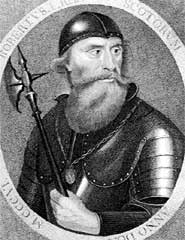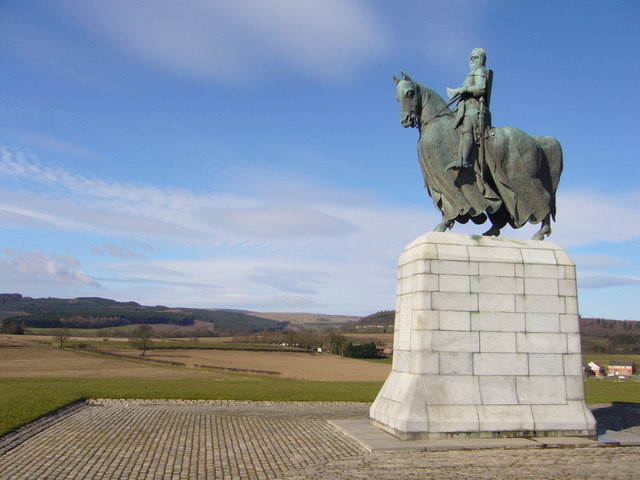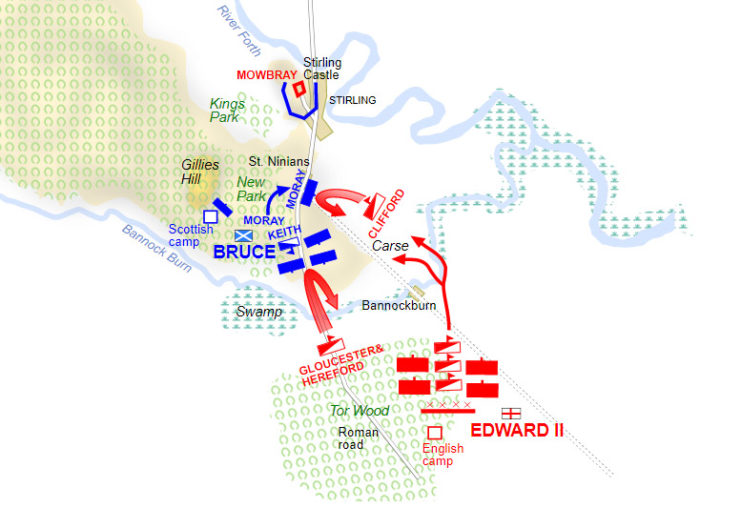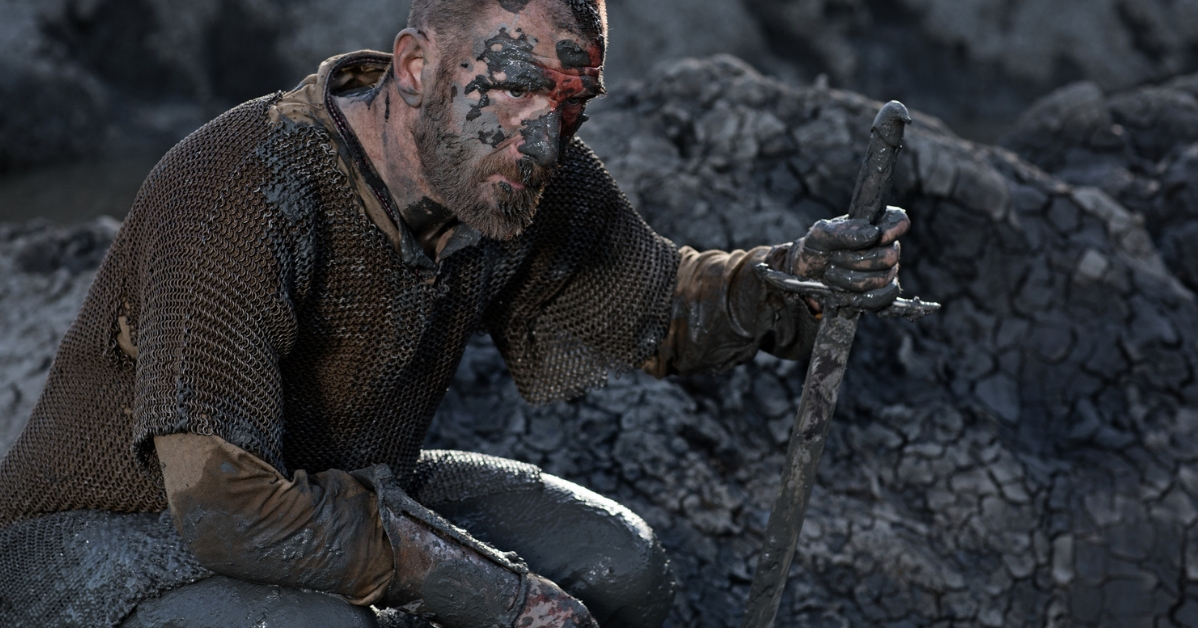Fought on 23-24 June 1314, the Battle of Bannockburn is one of the most celebrated incidents in Scottish history. Having been conquered by the English under King Edward I, rebellious Scots under Robert the Bruce faced an army under Edward’s son, Edward II. This army, backed by the resources of a far larger kingdom, outnumbered them two to one. But the Bruce triumphed, and Scotland regained its independence.
So how did the Scots achieve this famous success?
Sabotaging the Roads
The Scots had laid the groundwork for victory in the preceding weeks. By damaging the roads leading into Scotland, they made the journey harder for the English. An already long journey was made more gruelling by the challenge of bringing up supply waggons in difficult circumstances.
English Exhaustion
The English were the ones on the offensive, striking into Scotland to relieve the garrison of Stirling Castle. Stirling was a crucial stronghold controlling roads to the north, and it was under siege from the Scots. As was common in medieval sieges, the garrison commander had agreed to surrender if no relief force arrived by a certain date – in this case midsummer. Edward II, already in a difficult political position at home, could not afford to let the castle fall.
He pushed his army hard to arrive in time, leading to an exhausting march with only brief breaks for food and to rest.
By the time the English arrived in sight of Stirling on 23 June, they were already tired and demoralised.
Robert the Bruce
The Bruce was an inspiring leader, one whose successes had given heart to overwhelmed Scotland. His strength, determination and tactical acumen had seen him go in eight years from the leader of a small band of rebels to the King of Scotland and leader of a national army.

Years of guerrilla warfare had taught Bruce to make good use of the land and to carefully apply his forces to best effect. He was a skilled leader whose men had great faith in him.
Edward II
The English King, by contrast, was weak, unpopular and inexperienced in war.
The son of the mighty Edward I, Edward II had grown up in his father’s shadow. He lacked the strength of will to keep his own nobles in line, never mind to deal with the Scots. Conflict between him and the Duke of Lancaster had led to the death of one of Edward’s favourites and the brief dominance of the government by Lancaster. Their squabbles had created a weak government, in which few men respected their king. The army was so lacking in leadership that the Earls of Hereford and Gloucester got into a heated argument over who should lead the vanguard, leading Gloucester to launch a suicidal attack against the Scots in a failed attempt to assert his authority.
Edward II’s lack of political clout was matched by a lack of military skill. He had been raised in the military tradition of feudal monarchs, but had not taken to warfare like his father. His lack of confidence had stopped the English countering Bruce’s manoeuvres for several years, and that lack of campaigning meant that Edward could not match his opponent’s experience.
In short, Edward II was one of the worst generals ever to command an English army.
Thomas of Lancaster
The Duke of Lancaster was not present at Bannockburn, but he cast a long shadow over the battle. The most powerful magnate in England, he could have raised a large body of troops to fight for Edward. Instead he stayed away due to his squabbles with the King. The army was further weakened when other nobles who sided with Lancaster, including the Earls of Arundel, Norfolk, Oxford, Surrey and Warwick, refused to send more than the bare minimum of troops.
Terrain

The Scots had chosen their ground carefully, and prepared to defend it. They chose a site where the terrain would prevent the English from bringing their superior numbers to bear. The ground was marshy, a fact that the Scots well understood, and whose impact they were prepared to use. It weakened cavalry charges, on which the English army would rely, and made it hard to make an effective advance. The Scots could afford to wait for the English to come to them across this ground – after all, the more time passed, the more certain the surrender of Stirling Castle became.
It weakened cavalry charges, on which the English army would rely, and made it hard to make an effective advance. The Scots could afford to wait for the English to come to them across this ground – after all, the more time passed, the more certain the surrender of Stirling Castle became.
Infantry Tactics

Aside from weight of numbers, the English were relying on the fact that more of their troops were men-at-arms – the heavily armoured cavalry that included knights and noblemen. The tactics of the time relied heavily on using these high status, expensively equipped warriors to deliver shock attacks. In the minds of commanders, they were the ones who won battles.
The reality was changing. Over the course of the 14th century, infantry armed with spears and bows would prove again and again that in a large battle they could not only hold off but defeat the charges of men-at-arms. A previous Scottish army had achieved just such a victory at Stirling Bridge in 1297, and the English themselves would triumph through infantry tactics in the most decisive battles of the Hundred Years War.
At Bannockburn, circumstances forced the Scots to adopt these tactics, and they did so with great success. Schiltrons – tightly packed formations of spearmen – defeated charges by the English men-at-arms, breaking the core of the English army.
The English didn’t even make good use of the infantry they had. The Archers were left at the rear, where they could not be used effectively. When they were finally brought around they devastated the closely packed Scots, but were left undefended and so swiftly destroyed by Scottish cavalry.
A King’s Cowardice
During the fighting, Edward II’s horse was killed from under him. Rather than find a fresh horse or command from foot, he panicked and fled the battlefield. Seeing their King in flight the English broke, the Scots were victorious.
